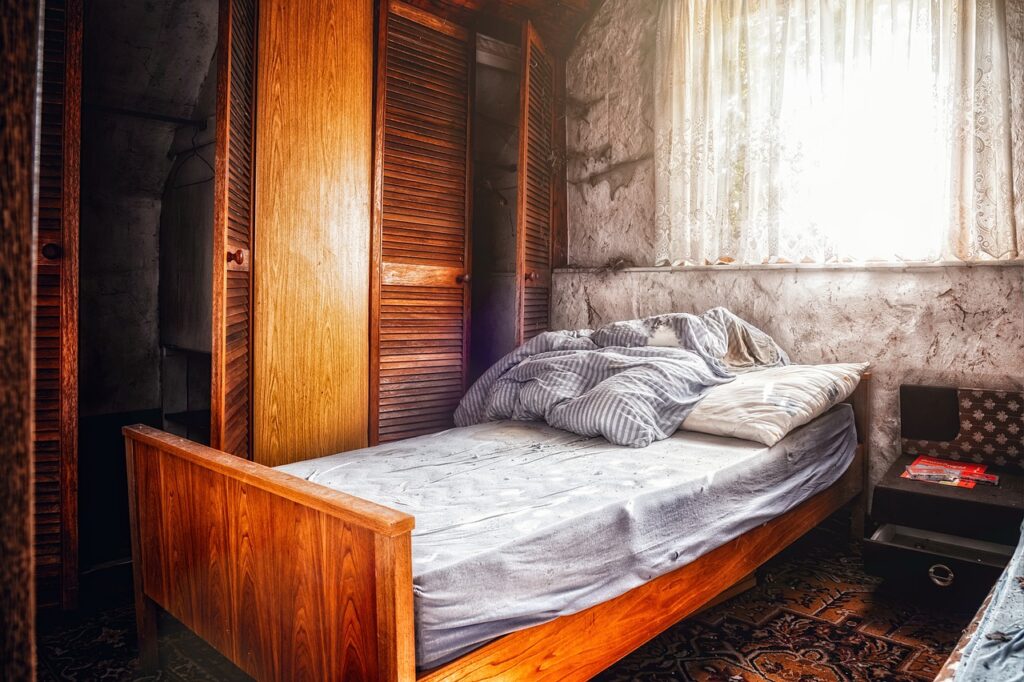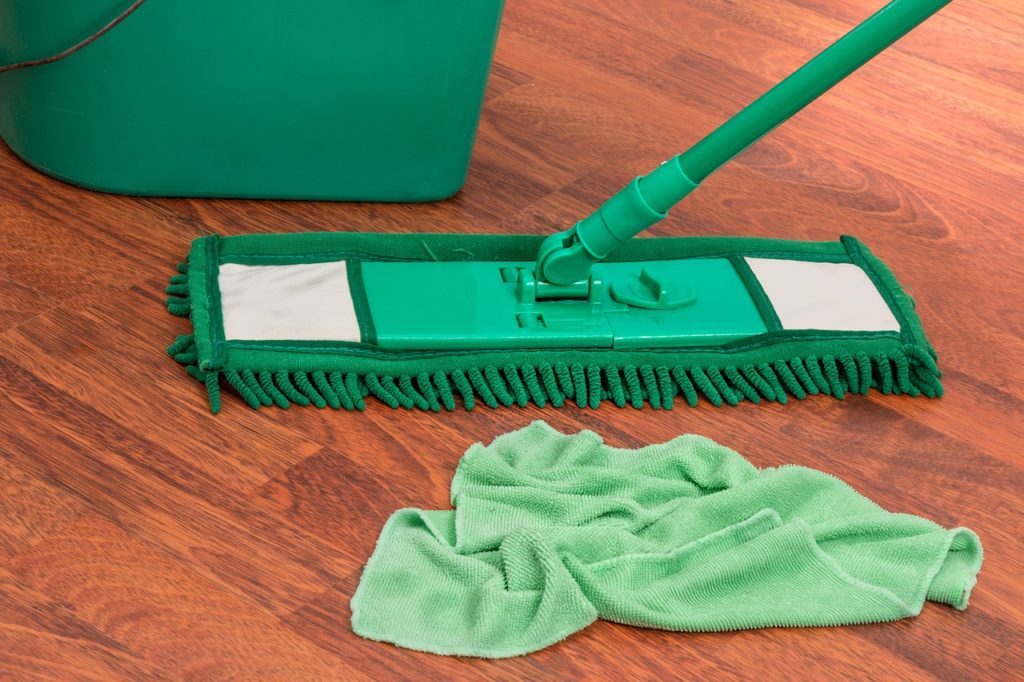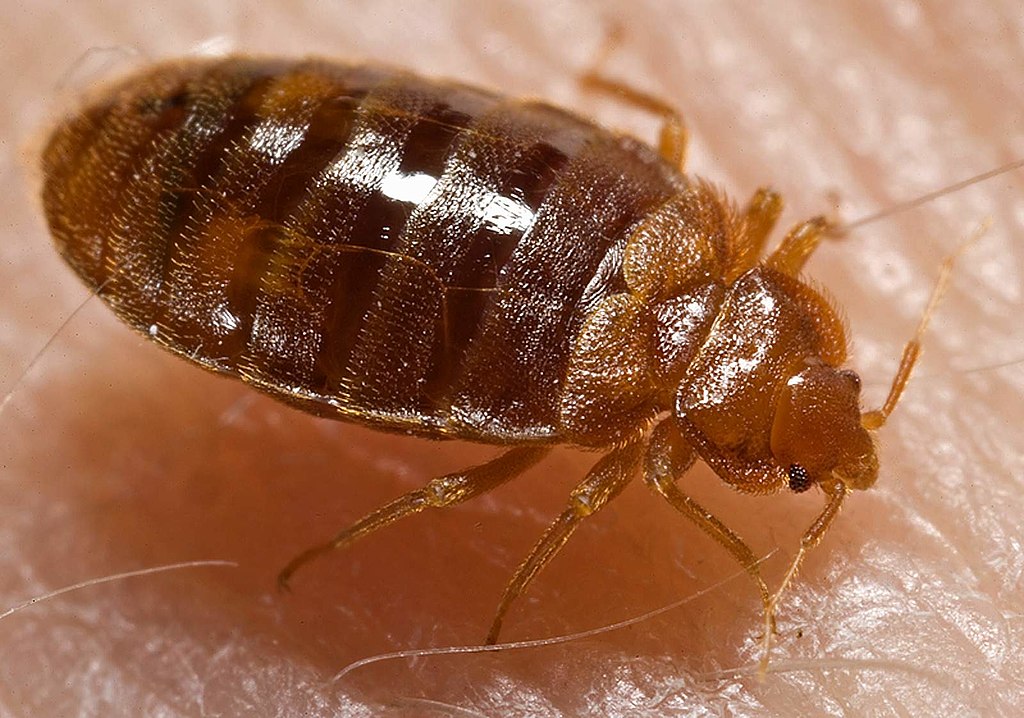Bed bugs are pests you really don’t want to deal with on your own. They are too complicated for DIY and natural methods. Your best bet is to call the pest control professionals. But even then, there are still some things you need to do before and after the bed bug treatment to ensure its effectiveness and safety. Today we are focusing on what to do after bed bug treatment.
1. Don’t enter your home immediately after bed bug treatment
Proper communication with your pest control professionals is key to an effective and safe bed bug treatment. After all, they are the ones handling the toxic chemicals that will get rid of the bed bugs. These toxic chemicals can be harmful to you and your family too, so it’s important to coordinate with your pest control professionals properly to know when it is safe to come back to your home.
If you are living with a vulnerable person, like a child, elderly person, pregnant woman, or an immunocompromised patient, consider consulting a doctor before undergoing bed bug treatment. They may be able to help you determine when it is safe to come back home.
2. After the treatment, inspect the treated areas
Once you have determined that it is safe to come back home, open all doors and windows and air out your entire home just to be safe. And then inspect the areas that have been treated for bed bugs.
Look for the signs of bed bugs in the affected areas, such as live bed bugs and eggs. Don’t be surprised if you still see these signs after the bed bug treatment. After all, bed bug treatment requires multiple sessions to completely get rid of the pests. But you should still inspect to gauge if the treatment has an immediate effect. You should be able to see a reduction in the bed bug population after a session.
3. Inspect adjacent rooms
Bed bugs can crawl to different rooms, especially when they feel like they are being threatened in the room where they are already thriving. This is why it is important to inspect the room adjacent to those that are infested with bed bugs.
Bed bugs spread fast. If you immediately find out that they have made it to another room, you may be able to prevent them from thriving there and make the jobs of the pest control professionals a little easier.

4. Understand that bed bug treatment requires multiple sessions
Don’t panic or doubt your pest control professionals if you see bed bugs after one treatment session. Bed bug treatments usually require 2-4 sessions spread across 3-6 weeks. But this is not set in stone. More or fewer sessions may be done depending on your property’s case.
There are a lot of factors that determine the number of sessions required, including the severity of the infestation, the reach of the toxic chemicals, and the resistance of the bed bugs.
5. Look for contamination on food items
You shouldn’t be at home during treatment sessions. And you should bring your personal belongings that you don’t want to be exposed to toxic chemicals. Double wrap the items that you can’t take with you. This is a good safety measure, but sometimes you miss some items.
When you come back home and you find food items out in the open, throw them away. They may have been exposed to the toxic chemicals of the bed bug treatment.
6. Vacuum all surfaces after bed bug treatment
Vacuum your entire home when you get back. You may be able to vacuum up bed bug carcasses and other debris. Make sure to empty the contents of your vacuum cleaner in a garbage can outside your home. If any of the bed bugs you have vacuumed are alive, they won’t be able to reinfest your home if you throw them outside.
But also remember that there are many forms of pesticides. If your pest control professionals are using powders, they may advise you not to vacuum your home and leave the powders in place. This is another reason why proper communication with your pest control professionals is important.
7. Be careful of mopping floors
You can also mop your floors after vacuuming them. But again, you should first talk to your pest control professionals to know if this is okay. They may have intentionally left pesticide residue on your floors as part of the bed bug treatment.
If you mindlessly mop your floors, you may end up washing and wiping away the pesticide residue, rendering the bed bug treatment ineffective.

8. Avoid moving items from room to room
Bed bugs are really easy to spread, and this can make them harder to control and eliminate. You may be unknowingly spreading bed bugs throughout your home by moving items from room to room. Even the most innocent items, like the stuffed toys you have left on your infested bed, can end up spreading bed bugs.
During the weeks where your home is being subject to bed bug treatment, avoid moving items from room to room unless otherwise instructed by your pest control professionals.
9. Sleep in the same room
When pest control professionals bomb a room with chemicals, the bed bugs there will crawl into the deepest corners to avoid toxicity. This is one of the reasons why bed bugs are so hard to eliminate. It doesn’t help that these pests can survive for a long time without feeding, so they can stay away from the chemicals for a while.
But you can bring them out by continuing to sleep in the infested room. Bed bugs detect the carbon dioxide you breathe out, and this can bring them out of hiding.
10. Avoid reinfestation
Bed bugs are a nightmare. They don’t spread diseases, but they can still be a health risk because of the filth they leave behind. You won’t be able to completely start over after a bed bug infestation if you keep getting reinfested by a new batch of the pests. Here are some things you can do to avoid reinfestation:
- Check dorms, hotels, and office spaces before settling in.
- Use sturdy luggage when traveling to avoid hitchhiking bed bugs.
- Inspect soft-cushioned public seats, such as those from airplanes, buses, and rental cars.
- Thoroughly inspect secondhand furniture before buying them.
- Consult your pest control professionals for additional tips.

